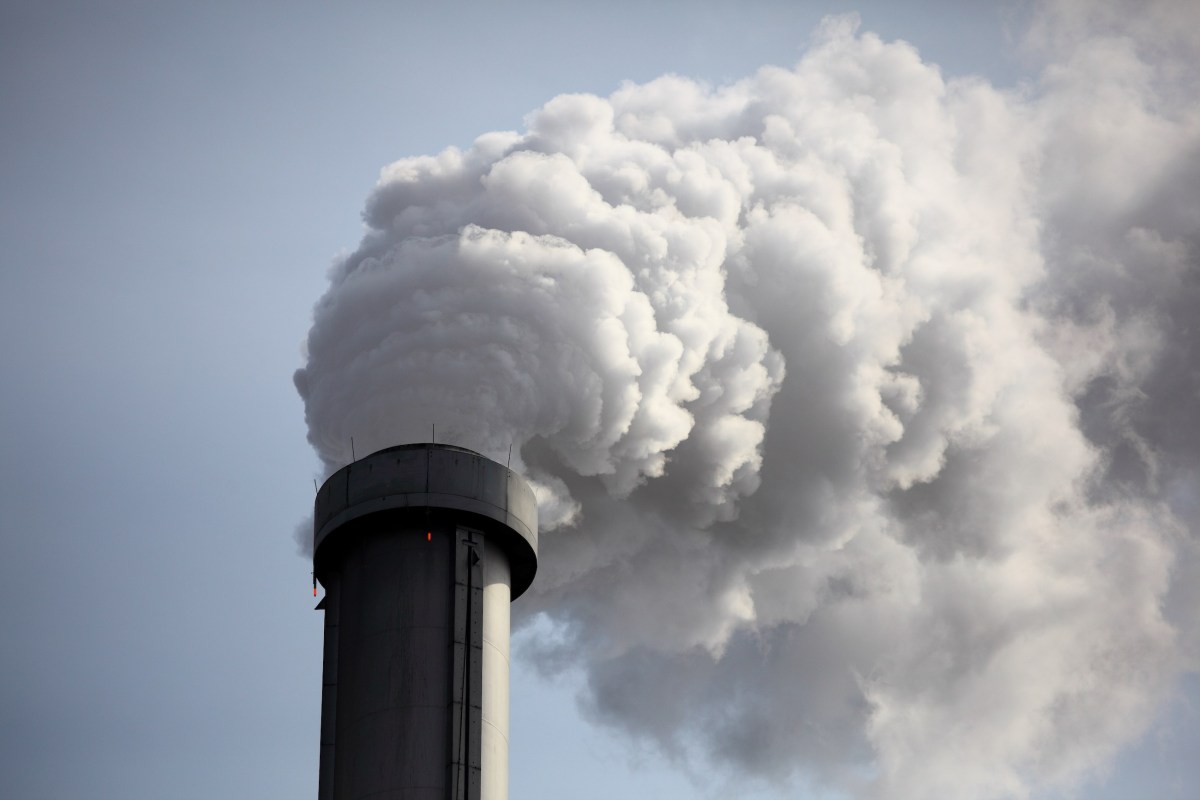Trump Champions Coal Power for Data Centers Amidst Challenging Market Conditions
President Donald Trump is preparing to sign an executive order aimed at revitalizing the declining coal industry. This significant move, as reported by Bloomberg, will designate coal as a critical mineral, potentially reshaping the landscape of energy production in the United States.
Key Features of the Executive Order
The upcoming executive order will have several key provisions:
- Designation of Coal as a Critical Mineral: This classification will prioritize coal within federal policies.
- Support for Coal-Fired Power Plants: The directive aims to prevent the closure of certain coal-fired power plants, ensuring they continue to produce electricity.
- Response to Increased Electricity Demand: The order is framed as a strategy to boost electricity output in response to the rising energy needs of data centers.
The Challenges Facing Coal
Despite this initiative, the coal industry faces significant challenges that suggest the executive order may only provide temporary relief:
Declining Market Share
Coal’s contribution to the U.S. electricity generation has steadily decreased since 2001. Key statistics include:
- In 2001, coal accounted for 51% of electricity production.
- By 2023, coal’s share has dwindled to approximately 15%.
Competition from Other Energy Sources
Several factors contribute to coal’s ongoing decline:
- Low-Cost Natural Gas: The availability of affordable natural gas has significantly diminished coal’s market share.
- Renewable Energy Growth: Wind and solar power have emerged as cheaper alternatives, exacerbating coal’s struggles.
Environmental Concerns Associated with Coal
Coal remains one of the most environmentally harmful methods of electricity generation. Key environmental impacts include:
- High Carbon Emissions: Coal generates more carbon dioxide per kilowatt-hour compared to other fossil fuels.
- Air Pollution: The combustion of coal releases sulfur dioxide, nitrogen oxides, and fine particulates, contributing to health issues such as:
- Acid rain
- Respiratory diseases
- Potential links to Parkinson’s disease
- Mercury Contamination: Burning coal releases mercury, which accumulates in aquatic life and poses risks to human health, including birth defects and cognitive impairments.
Future Prospects for Metallurgical Coal
While the executive order may provide some support for traditional coal power, the metallurgical coal market could see a more favorable outlook:
- Steel Production: Metallurgical coal is often used in steelmaking processes, which may offer a more stable demand amid evolving energy technologies.
- Green Steel Alternatives: Although greener steel production methods are emerging, they currently remain more expensive compared to traditional coal-based techniques.
Conclusion: The Road Ahead for Coal
In summary, while President Trump’s executive order may offer short-term support for the coal industry, the long-term viability of coal in the energy sector faces formidable obstacles. Competing against cheaper renewable energy options and enduring environmental scrutiny, the future of coal remains uncertain. For further information on renewable energy trends, check out our article on renewable energy trends.
For more insights on energy policies, visit Energy.gov.







